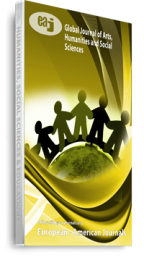This paper investigates how public service interpreting (PSI) purposes and interactions are affected by either overlooking, ignoring or concealing some communication modalities. Empirical data were collected from 28 interpreters via a questionnaire comprising closed and open questions. After a brief review of the PSI settings and the theoretical basis for understanding different communicative modalities, the paper uses thematic analysis to depict the importance and effects of multimodal communication on interactional behaviour and outcome in interpreter-mediated encounters. The findings reveal that there are many important signs, signals and their symbolic values that are not given necessary consideration. It concludes that the relevance of communication modalities, including silences and those associated with Augmentative and Alternative Communication (AAC), and their effects on interactional behaviour depend on both PSI settings and the expected outcome of communication. It suggests some transformative approaches that can be used to maximise and manage the effectiveness of the interpreter-mediated communication modalities.
Citation: Théophile Munyangeyo (2022) Importance and Effects of Multimodal Communication on Interactional Behaviour and Outcome in Public Service Interpreting, Global Journal of Arts, Humanities and Social Sciences, Vol.10, No.7, pp.31-56
Keywords: Augmentative and Alternative Communication (AAC); equity, Diversity, equality, inclusion; interpreter-mediated communication; multimodal communication; public service interpreting; symbolic values

